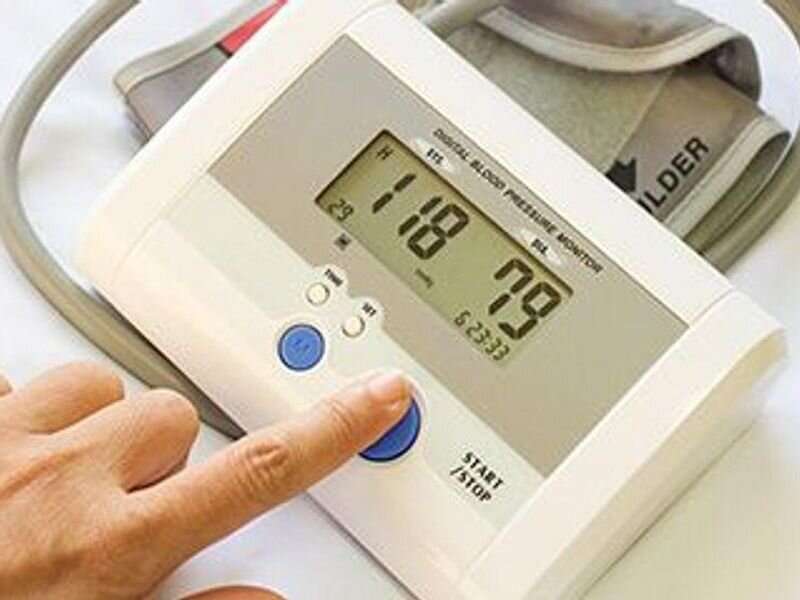This article has been reviewed according to Science X's editorial process and policies. Editors have highlighted the following attributes while ensuring the content's credibility:
fact-checked
reputable news agency
proofread
Know your blood pressure numbers and what they mean

You could have high blood pressure and not realize it. The only way to know for sure is to have your blood pressure tested.
It's an important step, according to the American Heart Association (AHA), and so is understanding your results so you can keep your blood pressure under control.
A diagnosis of high blood pressure—and any unusually low blood pressure readings—must be made by a health care professional.
Blood pressure readings have two numbers. Systolic blood pressure is the upper number and tells you how much pressure your blood is exerting against your artery walls when the heart contracts. The diastolic blood pressure is the lower number and it reveals the pressure your blood is exerting against your artery walls while the heart muscle rests between its contractions, the AHA said.
Although either number can be used to diagnose high blood pressure, the systolic blood pressure is more notable and can be a major risk factor for cardiovascular disease for people over 50.
That number typically rises steadily with age because large arteries stiffen and there is long-term buildup of plaque and an increased incidence of cardiac and vascular disease, the AHA said.
Here are the five blood pressure ranges:
The five blood pressure ranges are normal, elevated, hypertension stage 1, hypertension stage 2 and hypertensive crisis.
Normal is a blood pressure number of less than 120/80 millimeters of mercury, or mm Hg. Heart-healthy habits, including a balanced diet and getting regular exercise, can help preserve this good reading.
An elevated blood pressure is when readings are consistently 120 to 129 on top and less than 80 mm Hg on the lower number. People who have elevated blood pressure are likely to develop high blood pressure unless they take steps to get it under control, the AHA advised.
In hypertension stage 1, blood pressure consistently ranges from 130 to 139 systolic or 80 to 89 mm Hg diastolic. Your doctor is likely to prescribe lifestyle changes at this stage, the AHA said. You may also need blood pressure medication based on your risk of cardiovascular disease such as heart attack or stroke.
With hypertension stage 2, blood pressure consistently is 140/90 mm Hg or higher. You're likely to be prescribed both blood pressure medications and lifestyle changes.
In hypertensive crisis, where blood pressure readings suddenly exceed 180/120 mm Hg, wait five minutes and then test your blood pressure again. If it's still unusually high, call your doctor immediately, the AHA advised.
If your blood pressure is this high or you are experiencing signs of possible organ damage such as chest pain, shortness of breath, back pain, numbness/weakness, change in vision or difficulty speaking, don't wait. Call 911 right away, the AHA recommends.
More information: The U.S. Centers for Disease Control and Prevention has more on high blood pressure.
Copyright © 2023 HealthDay. All rights reserved.



















